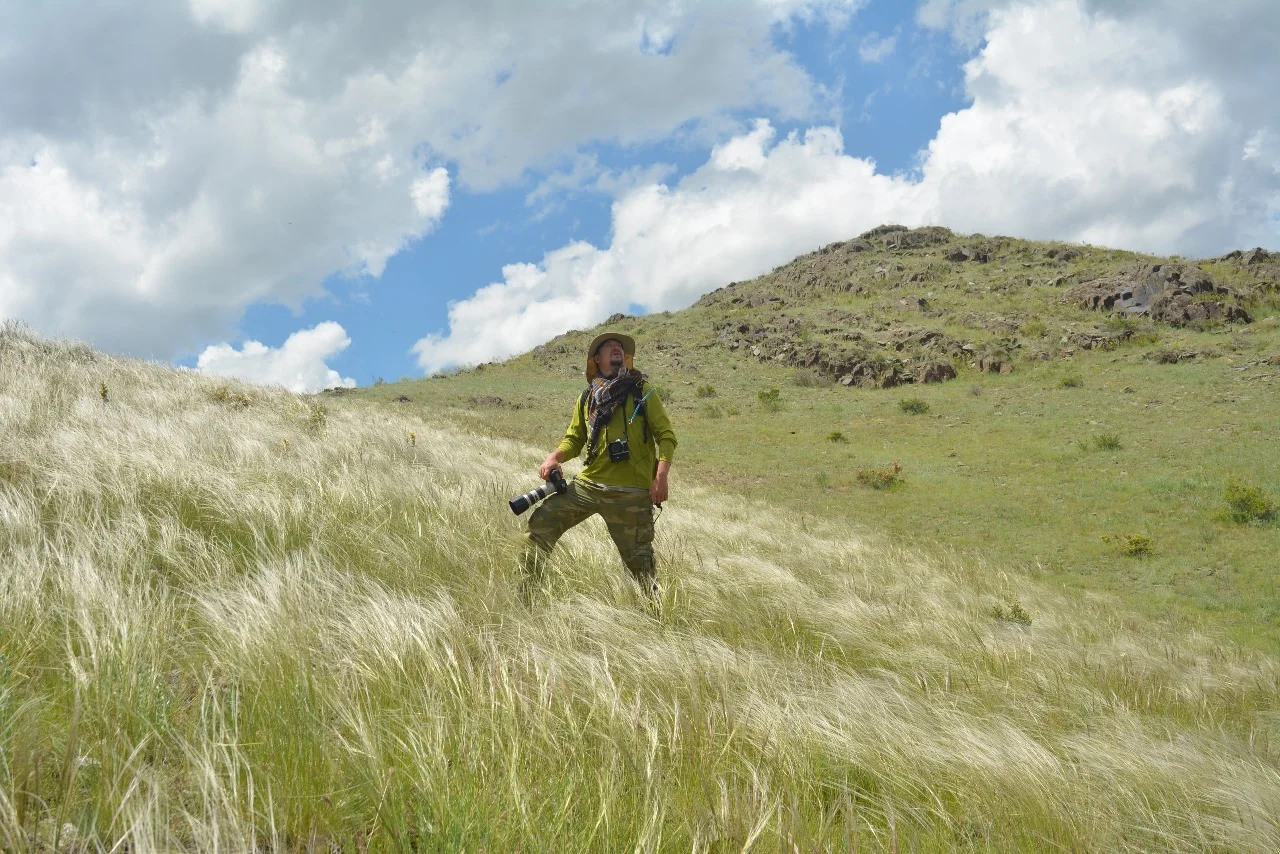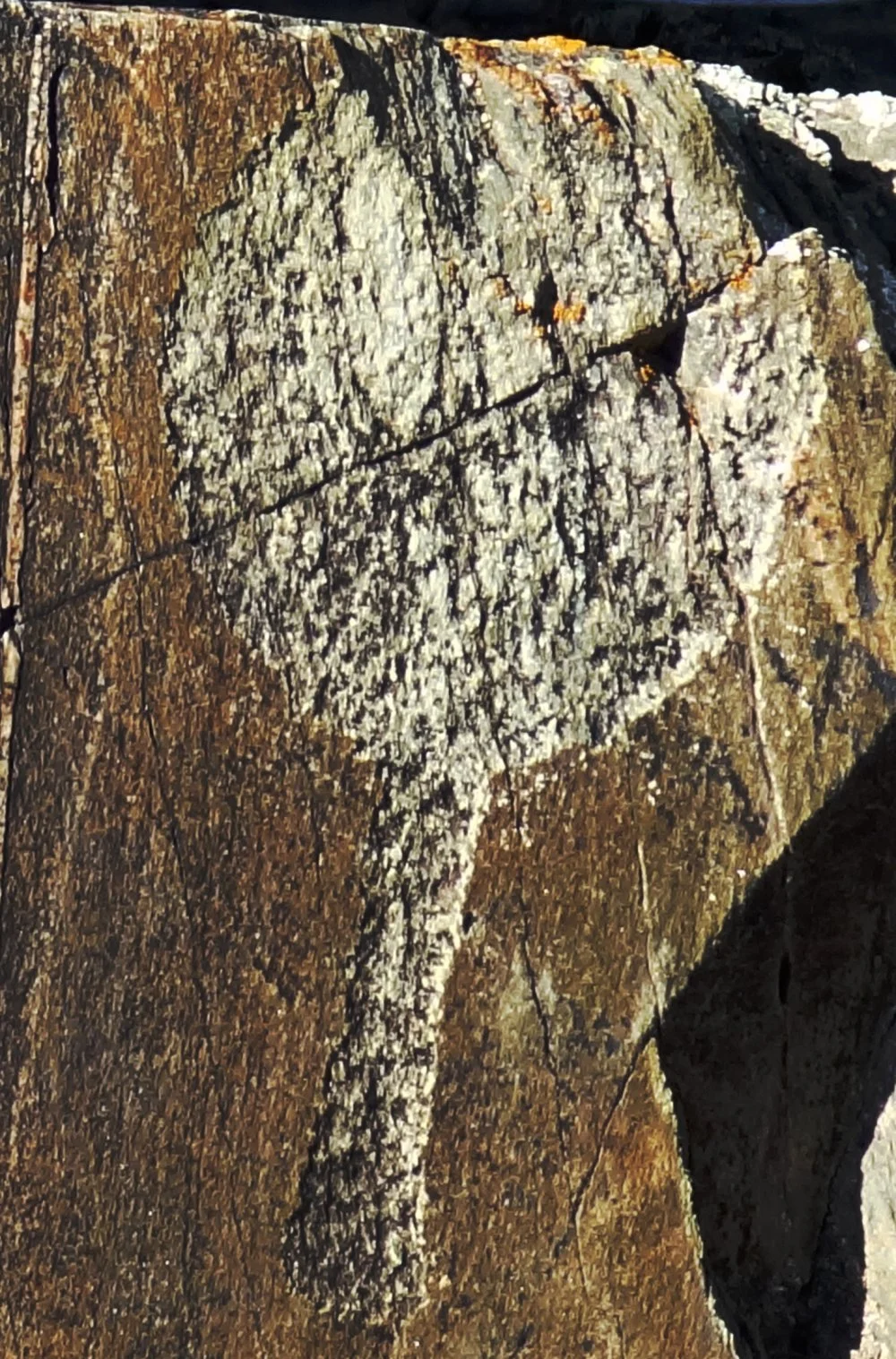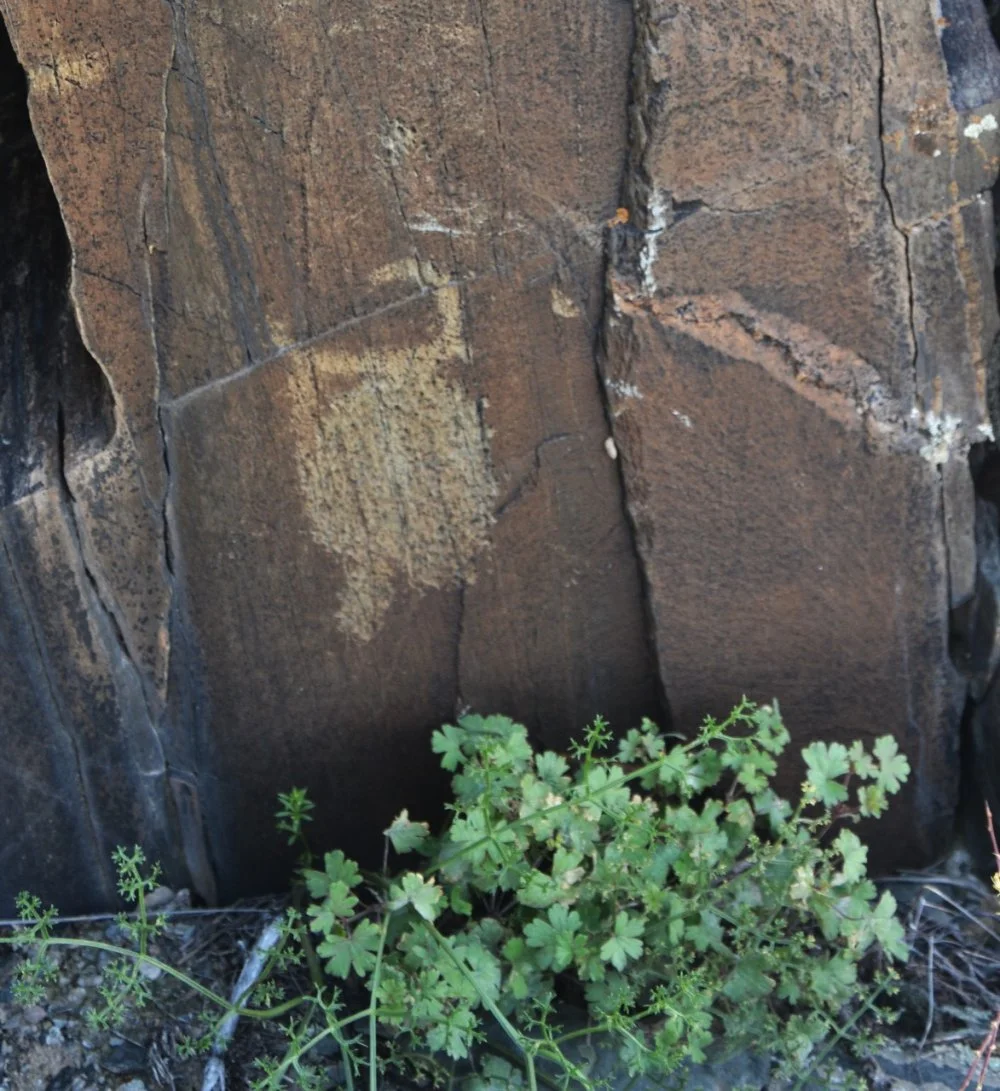The Mirror in the Stone
An ancient petroglyph proves that our ancestors viewed mirrors as magical objects

Kulzhabasy expedition/Olga Gumirova
Finding mirrors in ancient burial sites is not an uncommon occurrence, but seeing them depicted on rocks is pretty rare!
While attributing and dating a petroglyph in the Kulzhabasy cluster in the Chu-Ili Mountains of the Jambyl region poses little challenge, interpreting the significance of this object in the lives of ancient peoples and why it was carved into a sanctuary remains a topic of scholarly debate.
The Kulzhabasy cluster is located on an ancient migration route that lies at the crossroads of several paths from Central Asia to the Ili River and farther northeast to southern Siberia and Mongolia.
Numerous settlements lie nestled within cozy, wind-sheltered gorges with concealed springs, while on the surrounding low hills throughout the ridge, we see drawings that our ancestors etched into the stone for the millennia to come.
This particular petroglyph is located in a gorge cut by a deep stream, at the headwaters of which lie the remains of several sizable settlements dating back to the Early Iron Age.i
The mirror in question is not made of glass but metal. Glass was an exceedingly rare material for that era; mirrors were metallic and most commonly fashioned from bronze. During this period, mirrors also transitioned from being highly valuable items to more commonplace ones accessible to less wealthy individuals as well. Thus, archeologists have found small bronze mirrors in very modest graves, not just in female burial sites.

Kulzhabasy Mirror/Olga Gumirova
Among many peoples, including, for example, the Sarmatians, the mirror was considered a mystical object and often used in ritualistic practices. It was associated with the moon and water, endowed with protective functions, and viewed as a formidable magical weapon. It was also considered to be connected to other worlds. This is why, in the past and among some peoples even today, the mirror is an attribute of shamans.
The mirror also played a significant role in burial rites. Graves contained whole mirrors, often decorated with symbolic drawings as well as broken ones.

Kulzhabasy petroglyph/Olga Gumirova
Archeologists have recorded instances where different parts of the same mirror were found in separate burials.
The appearance of the mirror on the rock in Kulzhabasy is clearly not accidental as evidenced by the nearby scenes with special sacred meaning—a woman giving birth, the World Tree with horses tethered to it, and a scene of ritual hunting. In the characteristic shape of a mirror, masterfully depicted by the ancient artist-shaman, this object is also a flat disc with a straight, flat handle.
Judging by the findings from various excavations, such mirrors were widely used by the Sarmatians, who lived in the territory of western Kazakhstan from the eighth century BCE to the fifth century CE.



